

 16
16




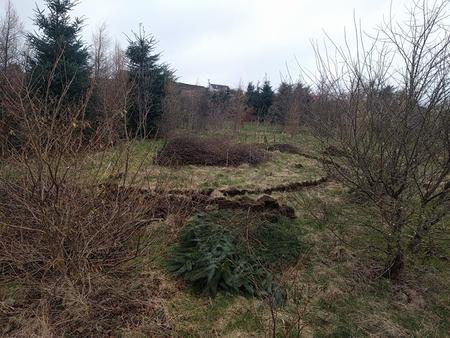
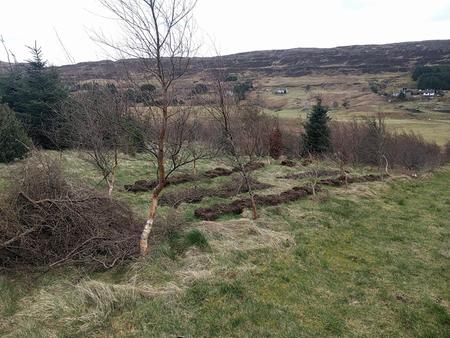
How Permies works: https://permies.com/wiki/34193/permies-works-links-threads
My projects on Skye: The tree field, Growing and landracing, perennial polycultures, "Don't dream it - be it! "












 8
8




How Permies works: https://permies.com/wiki/34193/permies-works-links-threads
My projects on Skye: The tree field, Growing and landracing, perennial polycultures, "Don't dream it - be it! "












 9
9




How Permies works: https://permies.com/wiki/34193/permies-works-links-threads
My projects on Skye: The tree field, Growing and landracing, perennial polycultures, "Don't dream it - be it! "












 12
12




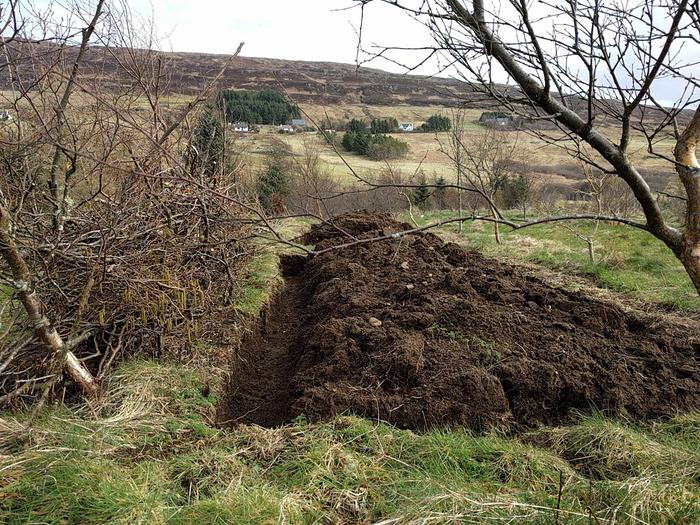
How Permies works: https://permies.com/wiki/34193/permies-works-links-threads
My projects on Skye: The tree field, Growing and landracing, perennial polycultures, "Don't dream it - be it! "












 10
10




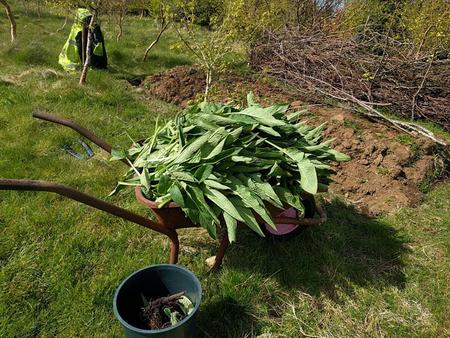
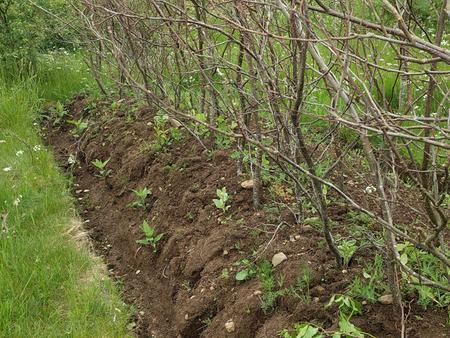
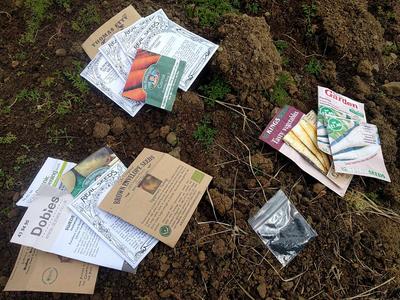
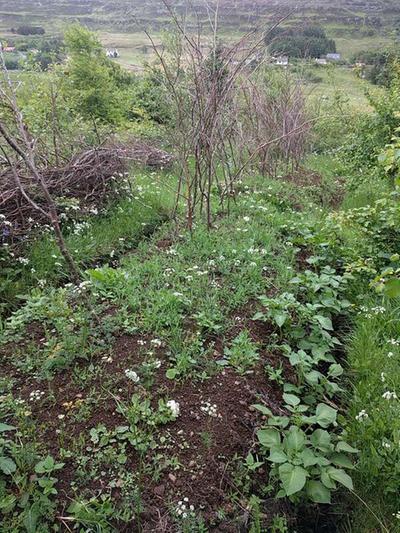
How Permies works: https://permies.com/wiki/34193/permies-works-links-threads
My projects on Skye: The tree field, Growing and landracing, perennial polycultures, "Don't dream it - be it! "












 7
7




How Permies works: https://permies.com/wiki/34193/permies-works-links-threads
My projects on Skye: The tree field, Growing and landracing, perennial polycultures, "Don't dream it - be it! "












 10
10




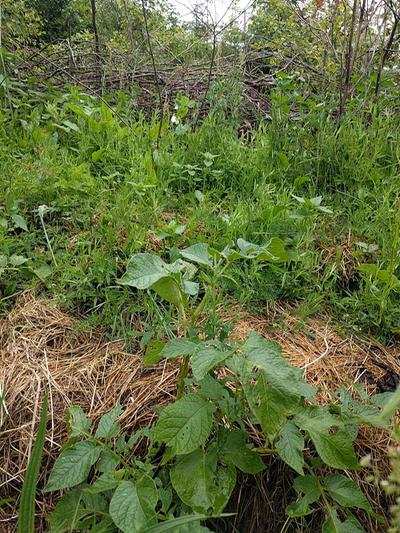

How Permies works: https://permies.com/wiki/34193/permies-works-links-threads
My projects on Skye: The tree field, Growing and landracing, perennial polycultures, "Don't dream it - be it! "
 3
3
















 9
9




How Permies works: https://permies.com/wiki/34193/permies-works-links-threads
My projects on Skye: The tree field, Growing and landracing, perennial polycultures, "Don't dream it - be it! "












 4
4




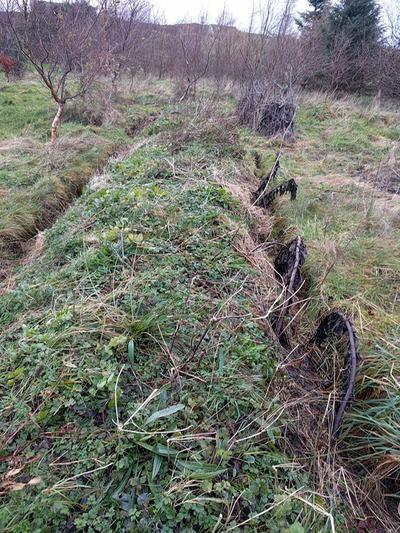



How Permies works: https://permies.com/wiki/34193/permies-works-links-threads
My projects on Skye: The tree field, Growing and landracing, perennial polycultures, "Don't dream it - be it! "












 4
4




How Permies works: https://permies.com/wiki/34193/permies-works-links-threads
My projects on Skye: The tree field, Growing and landracing, perennial polycultures, "Don't dream it - be it! "
 1
1




I make a Maple Syrup instructional movie! Check it out HERE
SKIP books, get 'em while they're hot!!! Skills to Inherit Property
See me in a movie building a massive wood staircase:Low Tech Lab Movie












 2
2




How Permies works: https://permies.com/wiki/34193/permies-works-links-threads
My projects on Skye: The tree field, Growing and landracing, perennial polycultures, "Don't dream it - be it! "
 4
4




I make a Maple Syrup instructional movie! Check it out HERE
SKIP books, get 'em while they're hot!!! Skills to Inherit Property
See me in a movie building a massive wood staircase:Low Tech Lab Movie
 2
2




Nancy Reading wrote:The coldest we've got in the last 16 years is about -12 Celsius in the winter. My trouble is that it is also cool in the summer.
I'll try and link a chart here to illustrate (and one for Missoula for comparison both from weatherspark) . It's never really hot, although the humidity can make it pleasantly warm sometimes. It's just as well when my soil is so shallow - it would dry out in no time if it weren't for the frequent rain :)
Because it is so cool it takes longer for the roots to grow - I suspect that the soil biome is rather different because of this too. I'm still learning (as are we all of course) but am hoping that developing landrace crops that tolerate it here better is part of the solution. Windy, acidic soil....we all have different advantages and challenges.
Some more about using thatch annually for fertilising here: https://thatchinginfo.com/thatching-the-inner-outer-hebrides/












 3
3




Jason Learned wrote:I read in the Westin Price book that they used to used the thatch from the rooves as a mulch and fertilizer for the oats on the islands over there. There were no chimneys so the smoke perforated throughout the thatch and added fertility. He stated that when chimneys came into fashion they directed peat smoke into outbuildings so they would still have smoked thatch to use. It made a difference in the growth rate of the oats. I wonder if there is some way for you to construct some sort of recreation of this and if that can make your land more productive. The thatch was made from oat straw I believe and that would have been the old kind that grew taller than the norm of today.
Nice project and a beautiful island there. I wish I'd spent more time there the only time I went through it.
How Permies works: https://permies.com/wiki/34193/permies-works-links-threads
My projects on Skye: The tree field, Growing and landracing, perennial polycultures, "Don't dream it - be it! "

|
No. No. No. No. Changed my mind. Wanna come down. To see this tiny ad:
The new permaculture playing cards kickstarter is now live!
https://www.kickstarter.com/projects/paulwheaton/garden-cards
|








